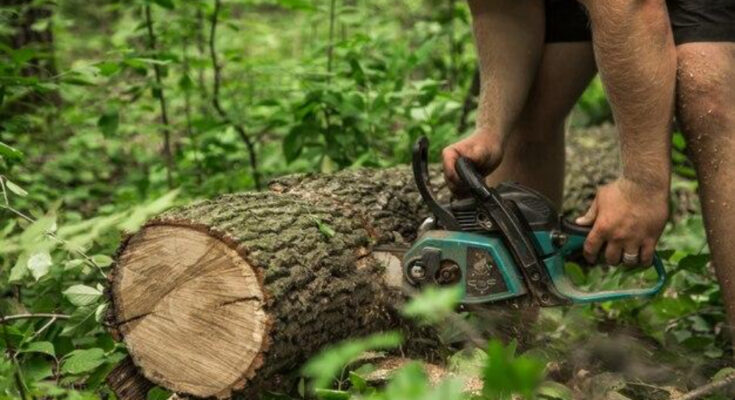Trees are valuable assets on any residential property. They provide shade, privacy, beauty, and even improve air quality. However, maintaining healthy trees requires more than just leaving them to their own devices.
Regular care is essential to ensure their continued growth and prevent potential hazards.
Here are some key tips for nurturing healthy trees and addressing any concerns that may arise:
The Importance of Proper Care:
Trees require ongoing care to thrive. This includes watering them during dry periods, especially young trees, and providing them with the necessary nutrients through occasional fertilization.
Most importantly, regular residential tree pruning is crucial for maintaining their health and structure. Without regular pruning, trees may suffer from overcrowding, disease, and other ailments that can reduce their lifespan.
Benefits of Residential Tree Pruning:
The process of trimming domestic trees is a targeted process of removing specific branches from a tree. This practice offers a multitude of benefits for both the tree and your property. Pruning stimulates new growth, enhances the tree’s overall structure and health, increases light penetration, and improves air circulation within the canopy.
Regular pruning can also help control the size and shape of the tree, ensuring it doesn’t interfere with power lines, obstruct walkways, or cause damage to your home.
Additionally, removing dead, diseased, or weak branches reduces the risk of falling debris and promotes overall tree health.
Consulting a Certified Arborist:
While some basic pruning tasks can be tackled by homeowners, consulting with a certified arborist is recommended for more complex situations.
Arborists possess the expertise to assess your trees’ health, identify potential problems, and recommend the most appropriate pruning techniques.
They can also advise on the optimal timing for homeowner tree care based on the specific tree species and desired outcome.
Recognizing When Removing Trees is Necessary:
Despite proper care, there may be situations were cutting down a tree becomes the most responsible course of action.
If a tree is severely diseased, irreparably damaged by storms or insects, poses a threat to your home or property lines, or is simply dead, tree removal is necessary to ensure safety and prevent potential damage.
Professional tree removal companies possess the expertise and equipment to safely and efficiently remove trees, minimizing impact on your property and surrounding landscape.
Planning for a Thriving Landscape:
After removing trees, consider planting a new tree in a suitable location on your property. Consult with an arborist to choose a tree species appropriate for the soil type, sunlight conditions, and the desired mature size.
Planting a new tree not only contributes to the beauty and ecological value of your landscape but also helps to offset the loss of the removed tree.
Final Words
By following these tips and prioritizing proper tree care, you can cultivate a healthy and vibrant landscape that adds beauty and value to your property for years to come. Remember, regular care and attention are essential for the health and longevity of your trees. Understanding when to call upon professional services is crucial to ensure safety and prevent potential problems.




